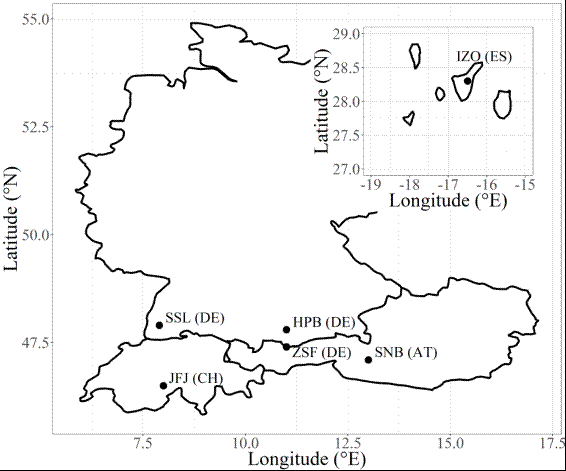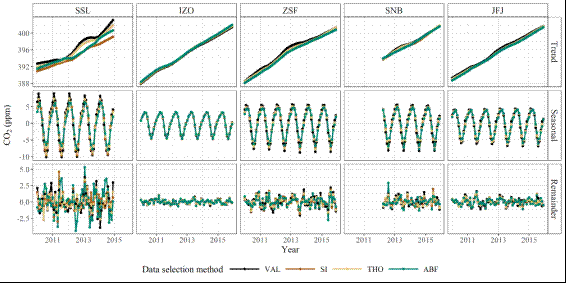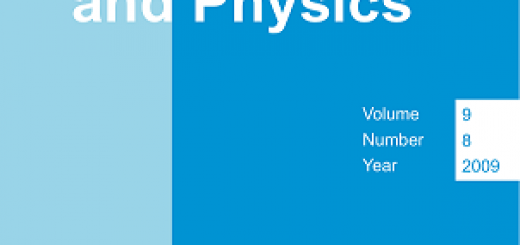New study published in AMTD: Adaptive Baseline Finder (ABF), a statistical data selection strategy to identify atmospheric CO2 baseline levels and its application to European elevated mountain stations
![]()
A group of scientists working in German, Swiss and Spanish institutions has published a study in the scientific review Atmospheric Measurement Techniques Discussions. A researcher from Izaña Atmospheric Research Center has participated in this study.
Critical data selection is essential for determining representative baseline (background or not influenced by local emissions) levels of atmospheric trace gas measurements even at remote measuring sites. Different data selection techniques have been used around the world which could potentially lead to bias when comparing data from different stations. This scientific article presents a novel statistical data selection method based on CO2 diurnal pattern occurring typically at high elevated mountain stations. Its capability and applicability was studied for atmospheric measuring records of CO2 from 2010 to 2016 at six Global Atmosphere Watch (GAW) stations in Europe, namely Zugspitze-Schneefernerhaus (Germany), Sonnblick (Austria), Jungfraujoch (Switzerland), Izaña (Spain), Schauinsland (Germany) and Hohenpeissenberg (Germany).

Figure 1. Location of the six Global GAW stations.

Figure 2. CO2 time series at the different stations (grey) and selected background using the ABF method (black).
Three other frequently applied statistical data selection methods were implemented for comparison. Among all selection routines, the new method named Adaptive Baseline Finder (ABF) resulted in lower selection percentages with lower maxima during winter and higher minima during summer in the selected data. To investigate long-term trend and seasonality, seasonal decomposition technique STL was applied.

Figure 3. Interannual trend, annual cycles and residuals obtained using the different selection methods.
Compared with the unselected data, mean annual growth rates of all selected data sets were not significantly different except for Schauinsland. However, clear differences were found in the annual amplitudes as well as for the seasonal time structure.
Based on correlation analysis between the different stations, results by ABF selection showed a better representation of the lower free tropospheric conditions (the highest spatial correlations for the trend+seasonal signal and the smallest ones for the residual signal).
More information about this study (in particular, the description of the ABF method is not presented in this news since it is quite technical) is available in the published scientific article:
Yuan, Y., Ries, L., Petermeier, H., Steinbacher, M., Gómez-Peláez, A. J., Leuenberger, M. C., Schumacher, M., Trickl, T., Couret, C., Meinhardt, F., and Menzel, A.: Adaptive Baseline Finder, a statistical data selection strategy to identify atmospheric CO2 baseline levels and its application to European elevated mountain stations, Atmos. Meas. Tech. Discuss., https://doi.org/10.5194/amt-2017-316, in review, 2017.







